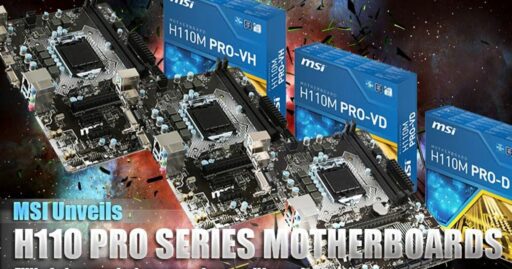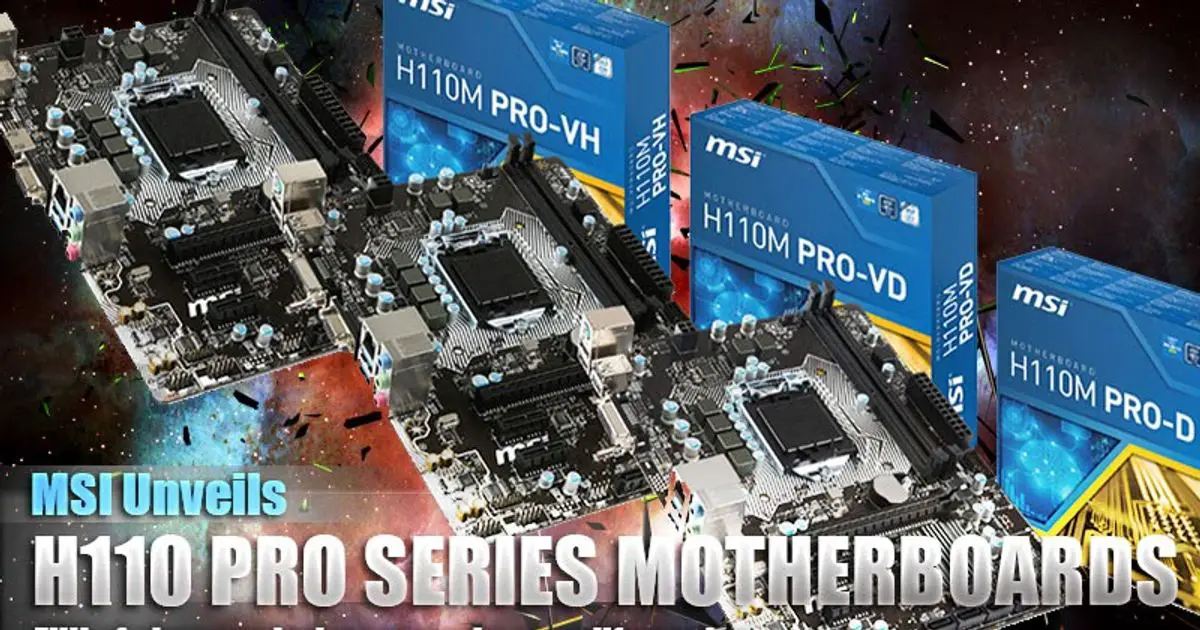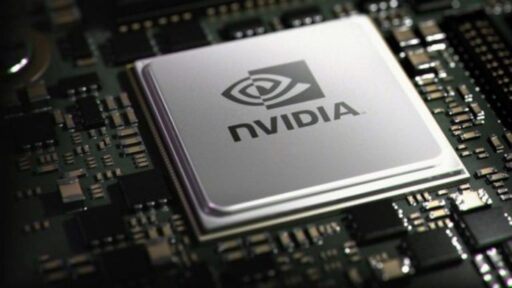In the dynamic world of cryptocurrency, mining remains a lucrative venture for many. With Bitcoin prices soaring and the GPU shortage a thing of the past, 2023 presents new opportunities for miners to maximize their earning potential. Selecting the best crypto mining motherboards is crucial for building efficient and profitable mining rigs. This article explores the top picks for crypto mining motherboards in 2023, offering insights into the features that matter most to miners and how to leverage them for maximized earnings.
Key Takeaways
- The best mining motherboards of 2023 offer a balance of high PCI-e slot capacity, compatibility with top GPUs, and robust power delivery to maximize mining efficiency.
- Advanced features such as built-in overclocking, optimized BIOS settings, and remote management tools are crucial for enhancing mining performance and scalability.
- Building your own mining rig can be more cost-effective than buying pre-built systems, especially when sourcing affordable components and following a guided assembly process.
- The end of the GPU shortage has normalized prices, making it more feasible to pair the right GPUs with mining motherboards for optimal earnings and future-proofing your setup.
- Despite the resurgence of GPU mining profitability, it’s important to maintain your hardware to prevent performance degradation and ensure long-term profitability.
Selecting the Right Motherboard for Your Mining Rig

Understanding PCI-e Slot Capacity
When building a crypto mining rig, the number of PCI-e slots on a motherboard is a critical factor. More slots mean the ability to connect more GPUs, which translates to increased mining power and potential earnings. However, not all slots are created equal. The bandwidth of PCI-e slots, typically ranging from x1 to x16, can affect the performance of connected GPUs.
- x1 slots are sufficient for mining, but they offer the least bandwidth.
- x4 and x8 slots provide a balance between bandwidth and space on the motherboard.
- x16 slots offer the highest bandwidth, ideal for high-performance GPUs.
It’s also important to consider the spacing between slots. Adequate space allows for better airflow and cooling, which is essential for maintaining the longevity and efficiency of your GPUs. Motherboards designed specifically for mining often feature extra spacing to accommodate this need.
Ensuring your motherboard has the right mix of slot types and spacing is key to building an efficient mining rig that can run multiple GPUs without overheating or performance bottlenecks.
Compatibility with High-Performance GPUs
When building a mining rig, the motherboard’s compatibility with high-performance GPUs is crucial for maximizing your mining potential. Select motherboards with multiple PCI-E slots to accommodate a greater number of GPUs, which can significantly increase your mining power and potential earnings.
- Ensure that the motherboard supports the latest GPU architectures, such as those from NVIDIA, known for their efficiency in mining operations.
- Consider the power supply requirements and cooling solutions, as high-performance GPUs can draw a lot of power and generate substantial heat.
- Assess the overall costs and benefits of your setup to ensure that your investment in high-performance GPUs is justified by the potential increase in mining revenue.
Careful assembly of your rig is essential to avoid any potential issues that could hinder your mining success. Pay close attention to the placement of GPUs and the management of cables to maintain optimal airflow and system stability.
Ensuring Adequate Power Delivery
When building a crypto mining rig, ensuring adequate power delivery is crucial for maintaining stability and maximizing uptime. High-powered GPUs and other components require a robust power supply to operate effectively. It’s recommended to opt for power supplies that can handle the load without being pushed to their limits, as this can extend the lifespan of the components and prevent unexpected shutdowns.
For instance, power supplies rated at 2800Watts each provide ample power for numerous PoE devices, and choosing a unit with a higher wattage than currently necessary can be a wise investment for future expansions. Features such as High-Power Power over Ethernet Plus (PoE+) and advanced power management, including automatic shutoff of unused ports, are also important considerations for an efficient mining setup.
A well-planned power delivery system not only ensures the smooth operation of your mining rig but also contributes to the overall power efficiency, which is essential in a comprehensive guide on selecting profitable crypto mining rigs.
Maximizing Mining Efficiency with Advanced Features

Built-in Overclocking Capabilities
Motherboards with built-in overclocking capabilities are a cornerstone for miners looking to push their rigs to the limit. Overclocking allows miners to increase the clock speed of their GPUs beyond the manufacturer’s specifications, squeezing out extra performance that can translate into higher hash rates and, consequently, increased earnings.
- Customization options are plentiful with these motherboards, enabling users to fine-tune settings for optimal performance.
- Essential components such as robust power delivery systems and advanced cooling solutions are critical to ensure stability during overclocking.
- A user-friendly BIOS interface simplifies the overclocking process, making it accessible even to those new to mining.
By prioritizing motherboards with advanced overclocking features, miners can significantly enhance the efficiency of their rigs. This strategic choice not only boosts immediate earnings but also contributes to the long-term profitability and sustainability of the mining operation.
BIOS Settings for Mining Optimization
Optimizing your mining rig’s BIOS settings can significantly enhance its performance and efficiency. Adjusting the power limits, core voltage, and memory timings can lead to a more stable and efficient mining operation. It’s crucial to update the BIOS safely, as improper updates can harm your system. Online resources and custom firmware tailored for mining can be invaluable for this process.
- Ensure that the PCI-e lanes are set to ‘Gen1’ or ‘Gen2’ to improve compatibility with multiple GPUs.
- Disable unnecessary features like audio and USB ports to reduce power consumption.
- Set the primary display to onboard graphics to free up GPU resources for mining.
Balancing the cost of hardware, efficiency, and electricity consumption is key to maximizing profitability in crypto mining.
Remember, while tweaking BIOS settings can lead to better mining performance, it’s important to proceed with caution. Overclocking can increase earnings but also risks overheating and damaging components if not done correctly.
Remote Management for Large Scale Operations
In the realm of large-scale crypto mining, remote management is a game-changer. It allows for the centralized control of numerous mining rigs, reducing the need for physical presence and enabling quick responses to any issues that arise. This is particularly important when optimizing hardware and integrating renewable energy, as mentioned by Sunminer, to ensure maximum profitability.
Remote management tools can vary in functionality, but common features include the ability to monitor system health, adjust mining parameters, and even initiate remote software deployments. For instance, GFI LanGuard’s remote software deployment feature automates the installation of applications across multiple systems, which is invaluable for maintaining mining software across a fleet of rigs.
However, it’s crucial to secure these systems against unauthorized access. Remote control applications like Teamviewer or Remote Desktop can pose significant security risks if not properly managed. Implementing robust security measures and monitoring usage can help mitigate these risks, ensuring that your mining operation remains both efficient and secure.
With the right remote management setup, miners can maintain optimal operation of their rigs, adapt to market changes swiftly, and minimize downtime, all while keeping a vigilant eye on security.
Cost-Effective Mining: Building vs. Buying Pre-Built Rigs

Assessing the Cost-Benefit of DIY Mining Systems
When venturing into the realm of crypto mining, a pivotal decision is whether to build your own rig or purchase a pre-built system. The allure of DIY mining systems lies in their potential for customization and cost savings. However, it’s essential to conduct a thorough cost-benefit analysis to ensure that the savings are real and substantial.
- Selecting components: Carefully choose each part based on performance and price.
- Configuring settings: Optimize your system for maximum efficiency.
- Cost analysis: Compare the total cost of DIY versus pre-built options.
Building your own mining rig can be a rewarding experience, offering both educational value and the satisfaction of creating something uniquely suited to your mining goals.
Pre-built rigs, while convenient, often come with a premium price tag. It’s crucial to weigh the initial investment against the long-term profitability, especially considering the evolving market. Remember, efficiency and profitability should be the guiding principles in your decision-making process.
Sourcing Affordable Components
Building a crypto mining rig requires a careful balance between performance and cost. Finding the right deals on components can significantly reduce the overall investment required to get started. It’s essential to explore various marketplaces for the parts needed. Online platforms like Amazon, eBay, and Craigslist often have listings for both new and used mining hardware. Local marketplaces and forums can also be treasure troves for affordable components.
When sourcing parts, consider the longevity and reliability of each component. While used parts can be much cheaper, they may also carry a higher risk of failure. Always assess the seller’s reputation and the condition of the parts. For new components, keep an eye out for discounts, especially during sales events or when buying in bulk. Some vendors may offer flexible payment options, such as monthly OPEX models, which can ease budget constraints.
Remember, the goal is to maximize your return on investment. Prioritizing cost-effective components without compromising on quality is key to building a profitable mining rig.
Step-by-Step Guide to Assembling Your Rig
Assembling your own mining rig can be a rewarding and cost-effective way to enter the world of cryptocurrency mining. Start by selecting a case that accommodates the number of GPUs you plan to use. Mid-tower ATX cases are common and usually have enough space for 2-3 PCI-E slots, but for a full-size mining rig, aim for a case with 8-12 PCI-E slots to maximize GPU capacity.
Ensure all components are compatible and have the necessary power connectors before assembly. This includes the motherboard, GPUs, power supply unit (PSU), RAM, and storage.
Follow these basic steps to assemble your mining rig:
- Install the standoffs in the case to support the motherboard.
- Secure the motherboard onto the standoffs.
- Insert the CPUs, RAM, and storage drives into their respective slots on the motherboard.
- Mount the power supply unit in the case and connect it to the motherboard and other components.
- Install the GPUs, making sure they are properly seated in the PCI-E slots and connected to the power supply.
- Connect any additional fans or cooling systems.
- Power on the rig and enter the BIOS to configure settings for optimal mining performance.
Remember, patience and attention to detail are key when building your rig. A well-assembled system not only runs more efficiently but also minimizes the risk of hardware failure.
The Impact of GPU Availability on Mining Motherboards
Navigating the Post-GPU Shortage Market
With the end of the GPU shortage, miners are now facing a more stable market where graphics cards are becoming more affordable. The calm before the storm has settled, and as mining profitability begins to rise, it’s crucial to make informed decisions about GPU investments. Prices have halved for high-demand cards like the RTX 3070, presenting an opportunity for miners to upgrade or expand their rigs at a lower cost.
As the market stabilizes, it’s essential to select GPUs wisely, not just based on current prices but also considering long-term performance and durability. Regular maintenance, such as replacing thermal pads and paste, can extend the life of your GPUs, ensuring a better return on investment.
Here’s a quick breakdown of the current GPU landscape:
- RTX 3070: ~$500, estimated break-even in 625 days
- Daily earnings potential: ~$0.80 (subject to change with market fluctuations)
Remember, building your own rig can save money in the long run. Choose your mining software, set up a wallet and pool, and assemble your rig correctly for optimal performance and profitability.
Pairing Motherboards with the Right GPUs for Optimal Earnings
To maximize your mining earnings, it’s crucial to pair your motherboard with the right GPUs. Selecting a GPU with a favorable balance between cost and performance is key. For instance, a GeForce 3070, with a daily yield of about $0.80, requires careful consideration of the break-even point against its cost. Regular maintenance, such as replacing thermal pads and paste, can extend the GPU’s life and profitability.
When building a mining rig, consider the number of PCi-e slots available. A motherboard with 8-12 slots allows for more GPUs, which can lead to cost savings and increased mining capacity.
The recent stabilization in graphics card prices suggests a promising outlook for mining. With the GPU shortage behind us, now is an opportune time to invest in a mining setup that pairs well-engineered motherboards with high-performance GPUs. Future-proofing your investment by considering upcoming PCIe developments in Windows Server can also be beneficial for long-term earnings.
Future-Proofing Your Mining Setup
In the ever-evolving world of cryptocurrency mining, future-proofing your setup is crucial for maintaining profitability. As the GPU shortage eases and mining regains its foothold, it’s important to consider the longevity of your hardware. GPUs offer flexibility in mining and broader applications, making them a central component of a future-proof strategy.
Efficiency and adaptability are key for profitable mining, and the choices you make now in hardware and software will impact your success for years to come. Here are some considerations for ensuring your mining rig remains competitive:
- Opt for motherboards with multiple PCI-e slots to accommodate future GPU expansions.
- Select GPUs with a strong track record of performance and durability.
- Regular maintenance, such as replacing thermal pads and paste, can extend the life of your GPUs.
By staying informed about market trends and technological advancements, you can make strategic decisions that will safeguard your mining investments against obsolescence.
Conclusion
As we wrap up our exploration of the best crypto mining motherboards of 2023, it’s clear that the resurgence of GPU mining and the end of the GPU shortage have opened up new opportunities for enthusiasts and professionals alike. With Bitcoin’s price reaching new heights and the profitability of mining on the rise, selecting the right motherboard is more crucial than ever to maximize your earning potential. Whether you’re building a rig yourself to save costs or investing in pre-built setups, the motherboards we’ve discussed offer a range of options to suit various needs and budgets. Remember, the key to successful mining is not just the hardware but also the maintenance and optimization of your equipment. By making informed choices and staying abreast of the latest trends and technologies, you can ensure that your mining endeavors are both efficient and profitable.
Frequently Asked Questions
What should I consider when selecting a motherboard for crypto mining?
When selecting a mining motherboard, consider the number of PCI-e slots for GPU expansion, compatibility with high-performance GPUs, and the motherboard’s ability to provide adequate power delivery to all components.
How can I maximize my mining efficiency?
Maximize mining efficiency by utilizing motherboards with built-in overclocking capabilities, optimizing BIOS settings for mining, and implementing remote management tools for large-scale operations.
Is it more cost-effective to build my own mining rig or buy a pre-built one?
Building your own mining rig can be more cost-effective as it allows for customization and potential savings on components. However, it requires technical knowledge and time investment. Pre-built rigs offer convenience at a potentially higher cost.
How has GPU availability affected mining motherboard choices?
The end of the GPU shortage means more options are available for miners. It’s now important to choose motherboards that can support the right GPUs for optimal earnings and are future-proof for upcoming market changes.
Can I save money by building my own mining rig?
Yes, building your own rig can save money. You can source affordable components and tailor your system to your needs, avoiding the premium of pre-built systems. It also allows for greater flexibility in upgrading individual parts.
What are the benefits of using a motherboard with multiple PCI-e slots for mining?
A motherboard with multiple PCI-e slots enables you to connect more GPUs, which can significantly increase your mining power and potential earnings. It also allows for more efficient use of space and power in your mining setup.





